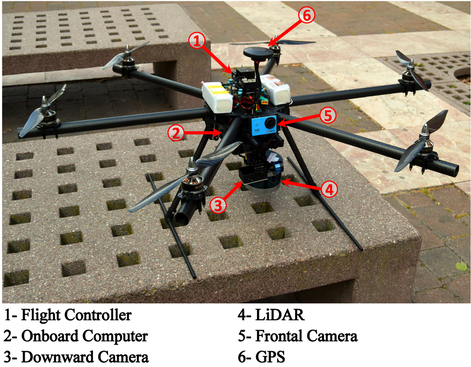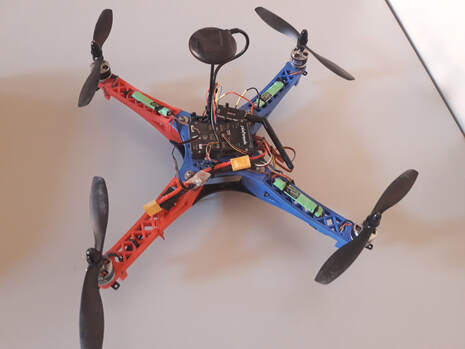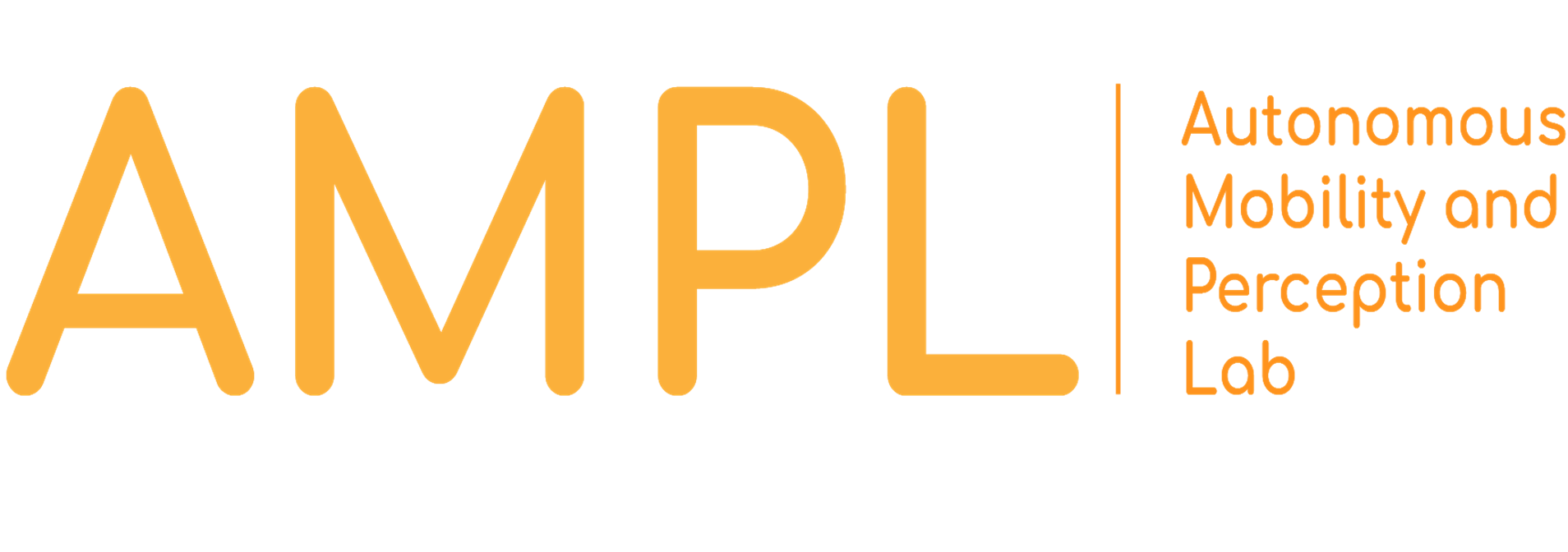Autonomous Aerial Vehicle Systems
Recently, the laboratory has developed innovative technologies of computer vision and intelligent control in the field of aerial vehicles. The purpose of these researches is to obtain the autonomy of these vehicles, allowing them to perform various tasks, such as rescue, monitoring traffic, transportation, and navigation operations.
Generally the drones can be classified as follows:
- Micro UAVs – small size and extremely portable units
- Low altitude and long distance UAVs
- High altitude and long distance UAVs
This section lists most outstanding algorithms and works developed by AMPL in this field during the recent years.
These developments were implemented on the successive systems available in the laboratory with different dimensions and material; from small 3D printed quadcopters with a weight 3Kg up to fiber carbon octocopters with a total weight of 15Kg. In addition to professional UAVs in conjunction with industrial companies. All these systems are based on ROS and implemented mainly (although not in an exclusive way) on open source systems (Pixhawk); which allows that they are incorporated into any compatible device.
Skyonyx
Skyonyx is the name of our UAV architecture, based on professional drones. Based on Pixhawk autopilots, they have been equipped with different type of sensors, GNSS, magnetometers, IMUs (accelerometers, gyroscopes), barometer, thermal sensors… Different perception units have been mounted for the different applications developed, such as 3D camera, thermal camera, or monocular camera for obstacle detection and scene understanding.
The drones are capable of performing on-board processing by embedded computer, such as Intel NUC, ODROID-XU4 …

3D Printed

The laboratory has developed a fleet of UAVs of research printed in 3D, which allows you to quickly and easily repair. 3D printed quadcopters are constructed with PLA plastic of a total weight 1.5Kg. The autopilot used with this quadcopter is the Pixhawk, with GPS, magnetometer, IMU, and barometer. For the perception purposes, SJCAM SJ4000 camera is used and mounted on Walkera G-2D gimbal, which provides 640×480 RGB images.
All the processing is performed onboard by an ODROID-XU4 embedded computer, which has Samsung Exynos 5422 CortexTM-A15 at 2.0GHz CPU, 2GB LPDDR3 RAM, and eMMC 5.0 HS400 Flash Storage.


